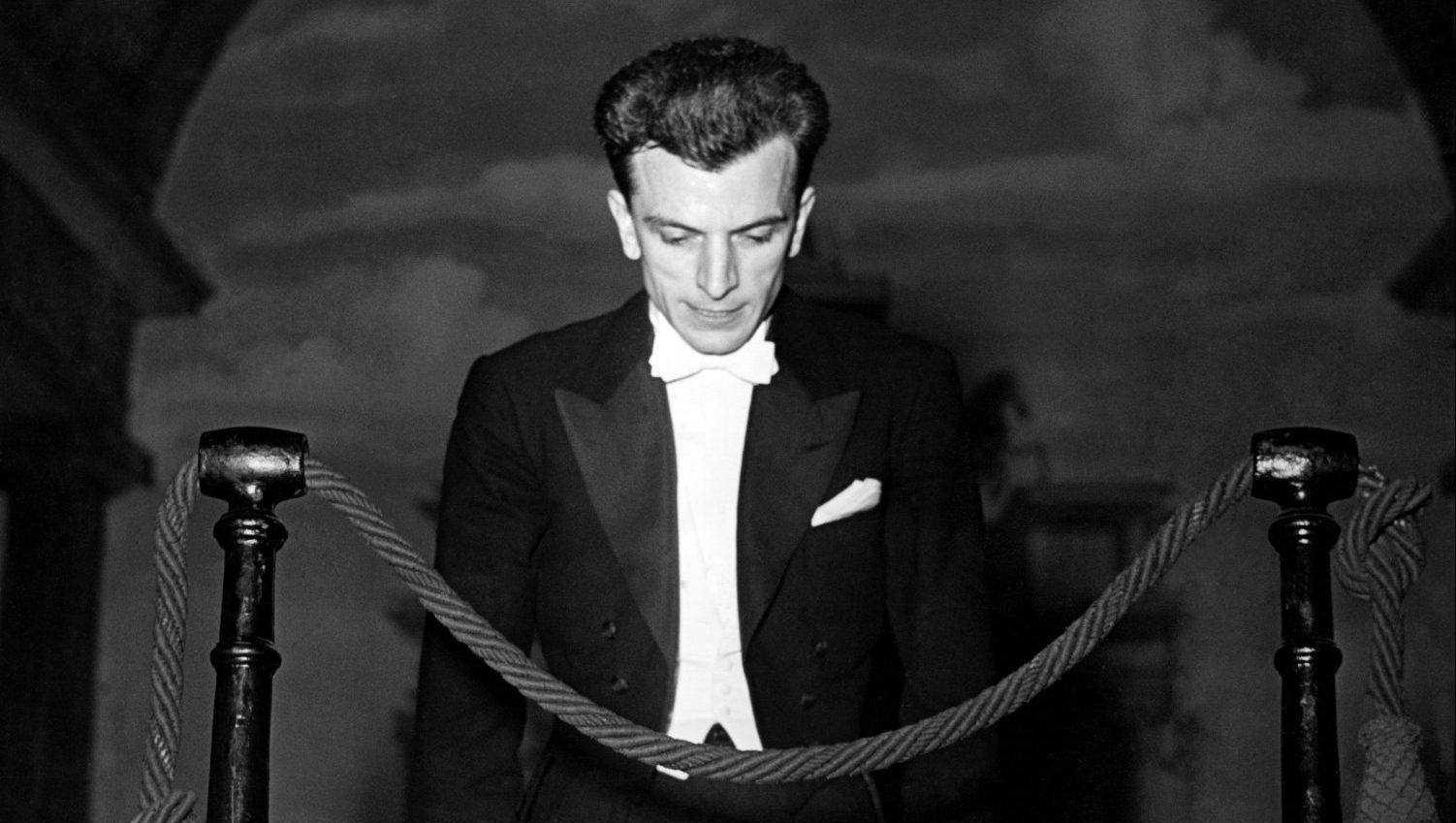Speech sounds do not normally have any meaning of their own. Vowels and
consonants as such do not signify anything, although obviously they do combine together to form words (and the grammatical sub-parts of words
which linguists call morphemes), which do mean something.
The meaningless sounds b, a and g can be combined to form the meaningful word bag. And the meaningless z sound can also be added as a morpheme on to the end of that word to provide the grammatical information “plural”, as in bags. But none of those four speech sounds carry any meaning in themselves.
There is also no connection generally between how a word sounds and what it means – the link is totally arbitrary. This arbitrariness of the sound-meaning relationship is a fundamental and rather wonderful fact about human language. There is no reason, as Shakespeare more or tells us, why a rose should be called a rose. It just is.
This arbitrariness can be illustrated in many ways. A book can equally well
be called a llyfr, as it is in Welsh; or a knjiga, as in Slovenian; or a vivlío, as in
Greek; or a raamat like in Estonian.
The arbitrariness of the relationship between sound and meaning is also
clear from the fact that mark means “marrow” in German, “worm” in Norwegian, “field” in Danish, and “mark” in English.
In Bulgarian ne means “no”; but the same sequence of sounds in Greek means “yes”. Albanian jo is “no” but in Norwegian it means “yes”.
Sometimes, though, we do come across combinations of sounds which
actually seem to have some kind of significance of their own. In English,
the gl- element in glare, gleam, glimmer, glint, glisten, glitter, gloss, glow seems to indicate something to do with light, although it is not particularly clear why this should be. Words like sneer, sneeze, sniff, snigger, snitch, snivel, snooty, snooze, snore, snort, snout and snuff all have some connection with the nose. Equally, the fl- of flap, flash, flick, flinch, fling, flip, flitter, flounce, flourish, flow, flutter, fly and flurry indicates movement of some kind.
English words like bump, clump, dump, hump, jump, lump, stump, thump also all seem to have something – perhaps something rather heavy – in common. You will not find -ump in the dictionary, but its occurrence in so
many items with somewhat similar meanings cannot be a coincidence – there is some kind of sound-symbolism here, with the sound–meaning
relationship not being totally arbitrary.
Sound sequences carrying some kind of meaning, such as gl-, sn-, fland -ump, are referred to technically as phonaesthemes – a term first used in
1930 by the linguist JR Firth (the first British professor of general linguistics).
An interesting question for linguistic scientists is whether phonaesthemes may in some way be universal or are specific to particular languages. Swedish also has the phonaestheme gl-, as in glimma “glimmer”, glittra “sparkle”, glans “shine”, glöd “glow” – but Swedish is a language which is historically related to English.
It is perhaps more significant that English “mumble” translates into
Czech as mumlat, Finnish mumina, Welsh mwmial, Lithuanian murmeti
and Samoan muimui.
But arbitrariness remains the norm: there really is no reason for a rose to
be called a rose, except that it just is.
LLYFR
The Welsh word llyfr “book” corresponds to Cornish lyver and to Breton levr. These forms came from an ancestral Brittonic Celtic word which had been borrowed from Latin – liber. Gaelic leabhar also came from Latin. Basque liburu, too, was borrowed directly from the Latin of the Roman conquerors of southern Europe, and so was Albanian libër.




